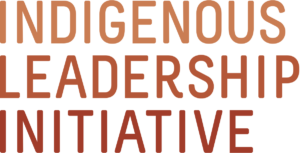Indigenous-Led Conservation: The Key to Sustaining Biodiversity in Canada
Photo credit: Pat Kane Photo
November 28, 2022
Indigenous Nations are leading the biggest, most ambitious plans for sustaining lands and healthy communities across Canada. These plans draw on thousands of years’ of knowledge about the land and water.
They reflect the understanding that if we care for the land, the land will care for us. Indigenous-led approaches to conservation help animals and landscapes thrive. They also nourish Indigenous languages and cultures, support people’s health and wellbeing, and ensure Indigenous knowledge systems are passed on to future generations.
Now this leadership is taking on new significance. Canada is hosting the UN biodiversity summit, where the international community will agree on new targets for addressing the extinction crisis. Canada has pledged to protect 30 percent of lands by 2030. Indigenous-led conservation offers the most effective way to achieve that goal. It also provides a global model for how to sustain lands, respect human rights, and strengthen communities
Indigenous Nations are looking for countries to match our ambition.
Eighty percent of the world’s remaining biodiversity is on lands managed by Indigenous Peoples.
When Indigenous Nations within Canada hold the pen on land-use decisions, they protect more than 60 percent of territories, on average.
With greater recognition and support, we can do what Indigenous Peoples have done for millennia: help sustain the planet.
This brief illustrates the scope and scale of Indigenous leadership in conservation and stewardship across Canada and the way Indigenous-led approaches help animals and landscapes thrive.



